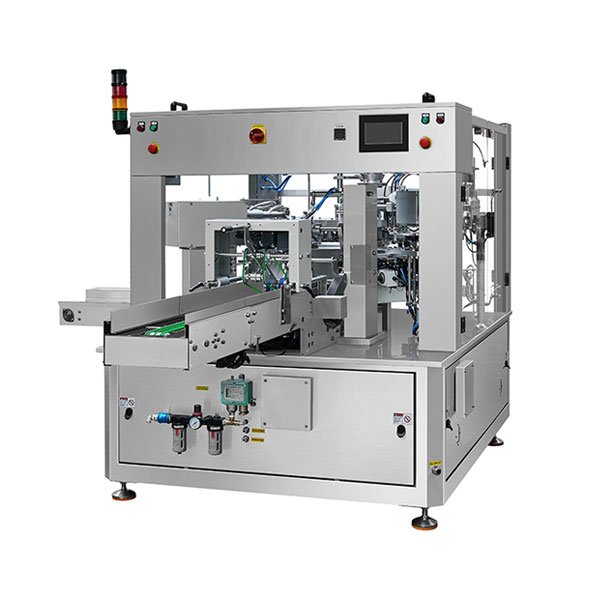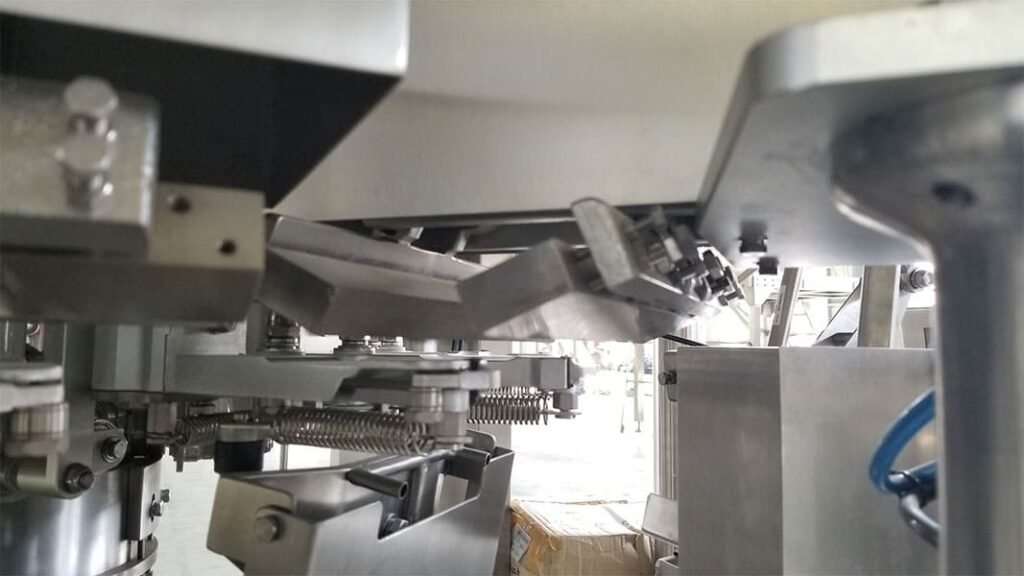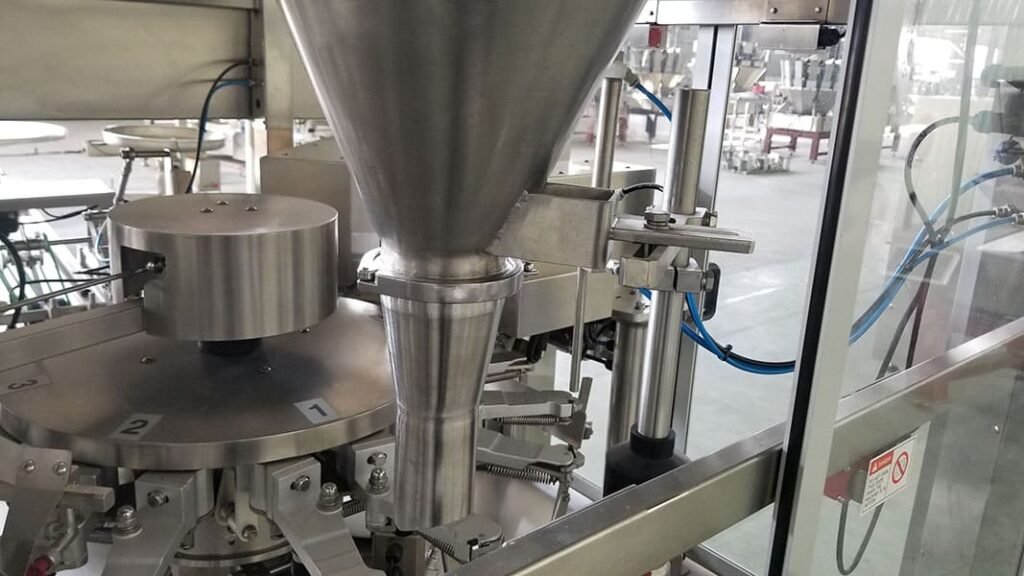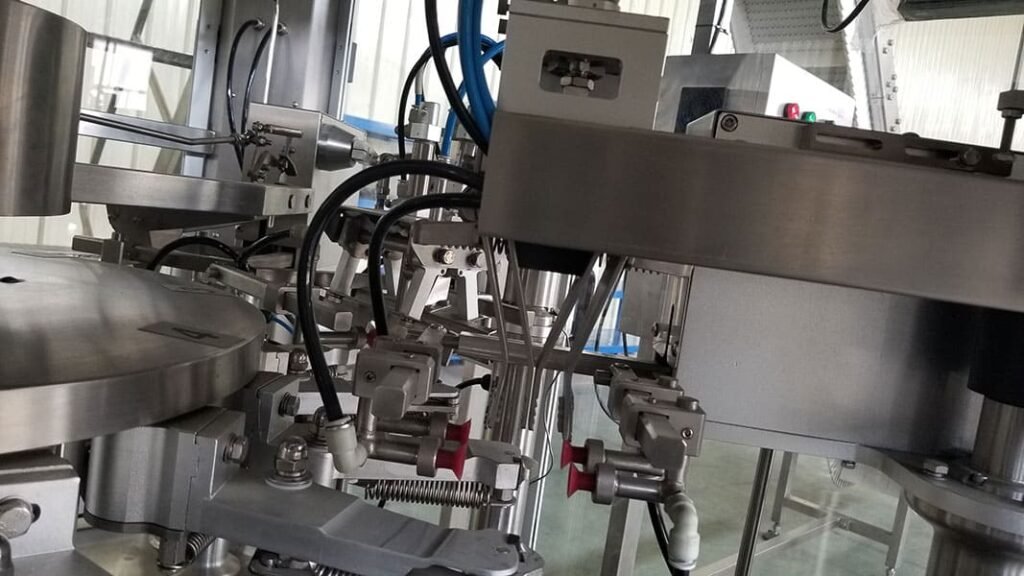Doypack packaging machines have become increasingly popular in industries such as food, powder products, liquid products, pharmaceuticals, and cosmetics due to their versatility and efficiency. These machines handle pre made pouches, zip lock stand-up pouches that are both visually appealing and effective at preserving the contents. While doypack packaging machines are indispensable for many businesses, they can also present some challenges in terms of maintenance and troubleshooting. In this extended blog post, we’ll delve into a more extensive range of common issues you might encounter with your doypack packaging machine and provide practical solutions to help keep your production line running smoothly.

1. Inconsistent Sealing

One of the most critical aspects of the doypack packaging process is ensuring a reliable and consistent seal. Inconsistent sealing can lead to product leakage, contamination, and decreased shelf life. To address this issue, follow these tips:
Check the sealing temperature, pressure, and sealingl time on control panel: These parameters should be adjusted according to the pouch packaging material and product requirements. Refer to the machine’s manual for guidance on optimal settings.
Ensure the sealing bars and sealing surfaces are clean and free from debris: Dirt or residue on the sealing surfaces can interfere with the sealing process. Regularly clean these surfaces to maintain a reliable seal.
Inspect the sealing bar for any signs of wear and replace if necessary: A worn sealing bar can lead to inconsistent sealing. Keep a spare on hand for quick replacement if needed.
Verify that the film material is compatible with the sealing parameters: Some film materials may require specialized settings to achieve a proper seal. Consult the film supplier for recommendations.
2. Pouch Filling Inaccuracies

Accurate filling is crucial to ensure a high-quality final product. To correct any filling inaccuracies, follow these steps:
Verify that the filling system is correctly calibrated and configured for the specific product: Different products may require unique filling system configurations. Refer to the machine manual for guidance.
Check the product supply to ensure a consistent flow: Inconsistent product flow can lead to filling inaccuracies. Ensure that the supply is steady and that there are no obstructions in the product feed.
Confirm the appropriate filling speed and cycle time for the product: Adjusting the filling speed and cycle time can help to optimize filling accuracy. Consult the machine manual for recommendations based on your product type.
3. Poor Pouch Opening

If the machine is struggling to open pouches correctly, this can negatively impact filling and sealing. Consider these steps to resolve the issue:
Examine the suction cups and vacuum system for any issues or leaks: A faulty vacuum system can result in poor pouch opening. Inspect the suction cups for wear or damage and ensure that the vacuum system is functioning correctly.
Ensure the vacuum pressure is set at the appropriate level for the pouch material: Different materials may require different vacuum pressures for proper opening. Consult the machine manual or pouch supplier for guidance on optimal pressure settings.
Inspect the opening nozzles for clogs or damage, and clean or replace if needed: A worn or damaged opening mechanism can lead to inconsistent pouch opening. Regularly inspect the mechanism and replace parts as necessary.
Check the alignment of the pouch opening system with the filling station: Proper alignment is crucial for seamless pouch opening and filling. Make adjustments as needed to ensure correct alignment.
4. Machine Malfunctions or Error Codes
Machine malfunctions and error codes can disrupt the production process and lead to downtime. It’s crucial to address these issues promptly to minimize disruption:
Consult the machine’s user manual to identify the source of the error code or malfunction: The manual should provide information on specific error codes and guidance on how to resolve them.
Power the machine off and on to reset its systems and clear temporary errors: In some cases, a simple reboot can resolve issues and clear error codes.
Inspect the machine for any loose connections, worn components, or damaged wiring: Regularly examine the machine’s components and wiring to ensure that everything is in good working order.
Monitor air consumption and pressure to ensure that the machine’s air consumption is within the manufacturer’s specified range. Regularly check the air pressure to ensure it remains at the appropriate level for optimal performance. If the air consumption is too high, it may indicate leaks or component issues that require attention.
If you’re unable to resolve the issue, contact the manufacturer’s technical support for assistance: The manufacturer’s support team can provide expert guidance and help you troubleshoot any problems.
5. Maintenance and Preventative Measures
In addition to addressing specific troubleshooting issues, implementing a regular maintenance schedule and taking preventative measures can help to minimize problems and ensure smooth operation:
Perform regular inspections and cleaning: Keep the machine clean and free from debris, and regularly inspect components for wear, damage, or misalignment.
Schedule routine preventative maintenance: Work with a qualified technician to perform regular preventative maintenance, including lubrication, calibration, and component replacement as needed.
Train operators and maintenance staff: Ensure that machine operators and maintenance personnel are well-trained and familiar with the machine’s functions, settings, and proper maintenance procedures.
Keep spare parts on hand: Having a stock of spare parts can help minimize downtime when replacements are needed. Consult the manufacturer for guidance on which parts to keep in stock.
Conclusion
A premade pouches packing machine can be a significant asset to your production line, but it’s essential to be prepared for occasional troubleshooting issues. By following the tips, guidelines, and preventative measures outlined in this extended blog post, you can effectively address common challenges and ensure your machine runs efficiently. Don’t hesitate to reach out to the manufacturer or a qualified technician if you’re ever in doubt or need further assistance. Happy packaging!
